Reliable and durable hydraulic jack hoses engineered for demanding applications. Our hoses are built to withstand high pressure and resist wear, ensuring safe and efficient operation of your hydraulic jacks. Available in various sizes and pressure ratings. Contact us today for a quote.
Boost your business with our premium wholesale hydraulic jack hoses. Delight your clients with top-quality, durable hoses engineered for reliable performance and safety. We offer a wide range of sizes, lengths, and pressure ratings to meet diverse needs, ensuring a perfect fit for any hydraulic jack. Competitive pricing and flexible order options make us your ideal supplier. Partner with us and provide your customers with the best hydraulic jack hoses on the market. Contact us today for a wholesale quote and elevate your product offerings.
Choosing the right hose material is crucial for performance and longevity. Consider factors like operating temperature, fluid compatibility, and environmental conditions. Options include rubber for flexibility and cost-effectiveness, thermoplastic for chemical resistance and durability, and composite materials for high-pressure applications. Matching the material to the specific application ensures optimal performance and prevents premature hose failure, saving time and money in the long run.
Selecting the correct pressure rating is paramount for safety. The hose must withstand the maximum pressure of the hydraulic system, including any potential surge pressures. Exceeding the pressure rating can lead to hose rupture, causing damage to equipment and potential injury. Always consult the jack’s specifications and choose a hose with a working pressure that meets or exceeds those requirements. Safety factors should also be considered.
Proper sizing ensures efficient fluid flow and prevents pressure loss. Inner diameter dictates flow rate, while outer diameter must be compatible with fittings and equipment. Length should be sufficient for the intended application, allowing for movement without kinking or excessive strain. Accurate measurements are essential for a safe and functional hydraulic system. Consider the specific requirements of your jack and the environment in which it will operate.
The type and quality of end fittings are critical for a secure and leak-free connection. Options include various thread types, quick-connect couplings, and specialized fittings. Compatibility with the jack and other components is essential. Consider the ease of connection and disconnection, as well as the ability to withstand pressure and vibration. Properly chosen fittings ensure a reliable and safe hydraulic system.
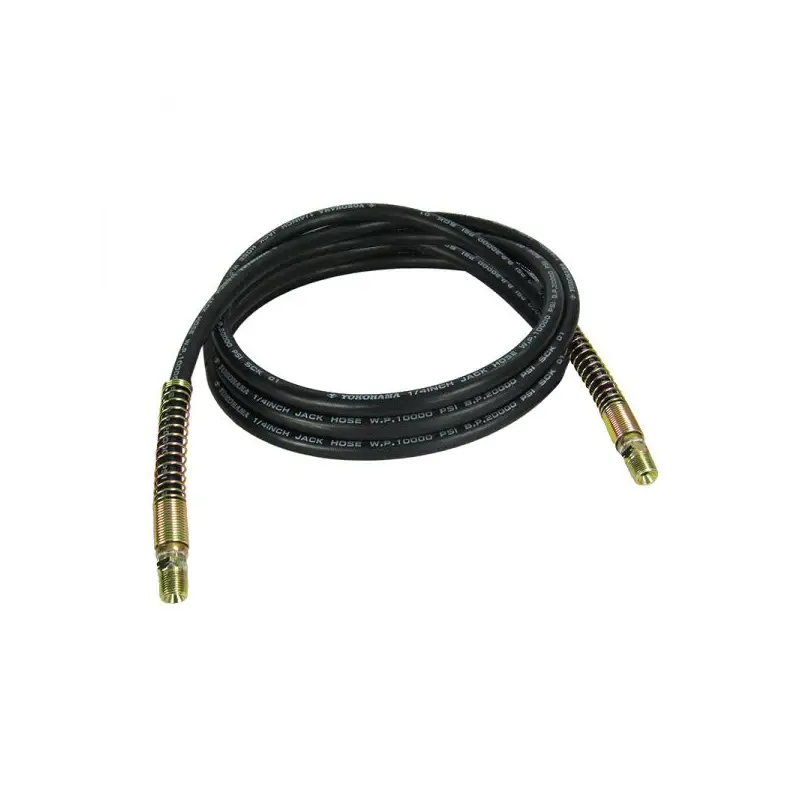
Need a hydraulic jack hose tailored to your specific requirements? We offer custom hydraulic jack hose solutions, built to your exact specifications. Choose from a variety of materials, sizes, pressure ratings, and end fittings to create the perfect hose for your application. Our expert team will work with you to ensure optimal performance, durability, and safety. Contact us today for a custom quote and get the perfect hose for your hydraulic jack.
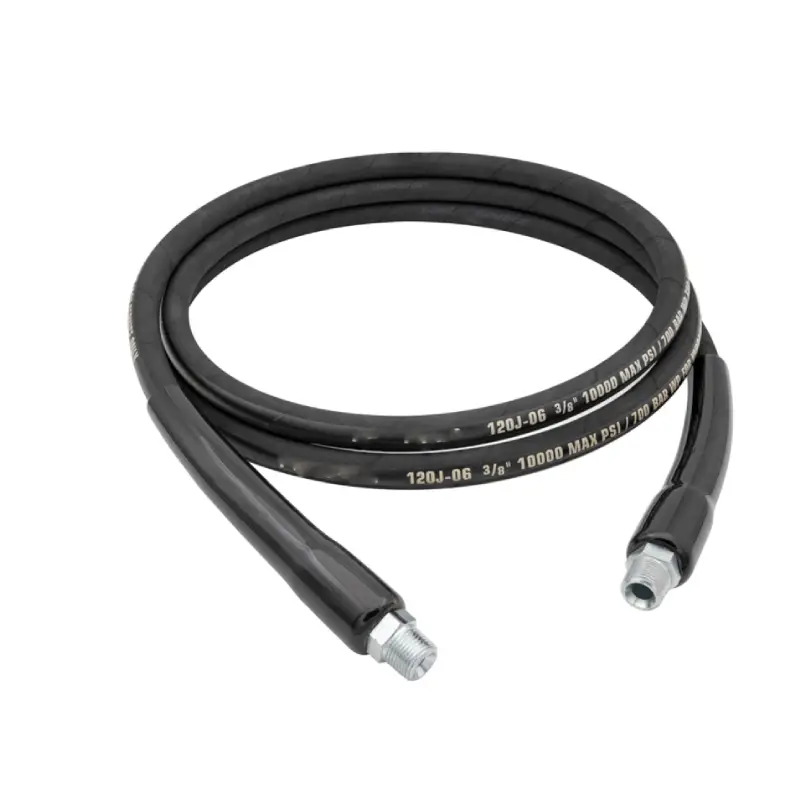
Our 10,000 PSI hydraulic jack hoses are engineered for extreme-duty applications. Built with robust materials and reinforced construction, these hoses deliver reliable performance under intense pressure. Ideal for heavy lifting, industrial equipment, and demanding tasks, our hoses ensure safe and efficient operation. Available in various sizes and fittings to meet your specific needs. Contact us today for a quote.
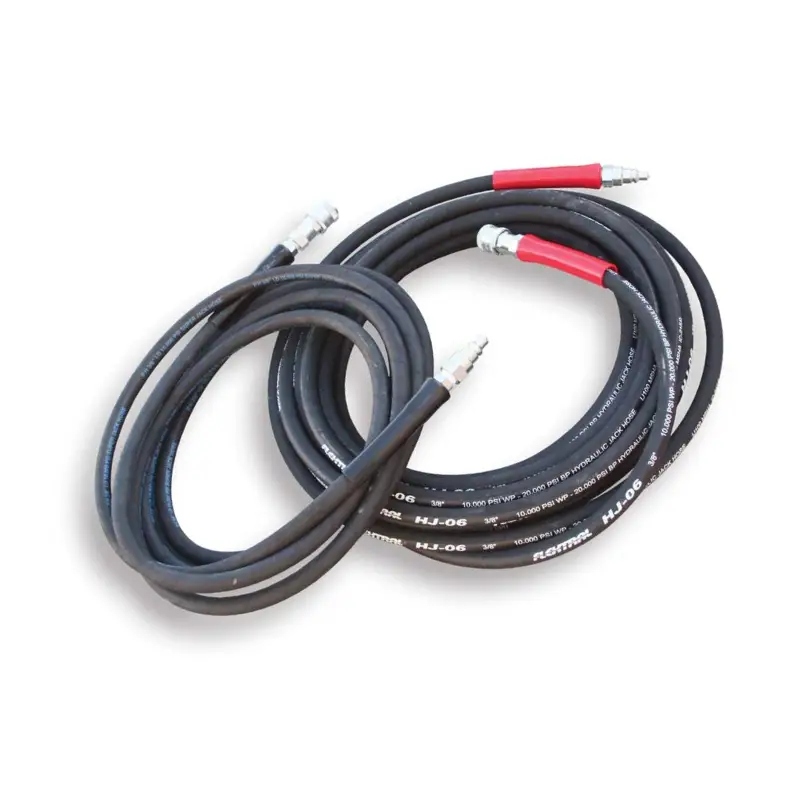
We offer hydraulic hoses specifically designed for jack plates. These durable hoses are engineered to withstand the demanding conditions of marine environments and provide reliable performance for smooth and precise jack plate operation. Available in various lengths and fittings to suit your specific needs, our jack plate hydraulic hoses ensure optimal functionality and long-lasting use.
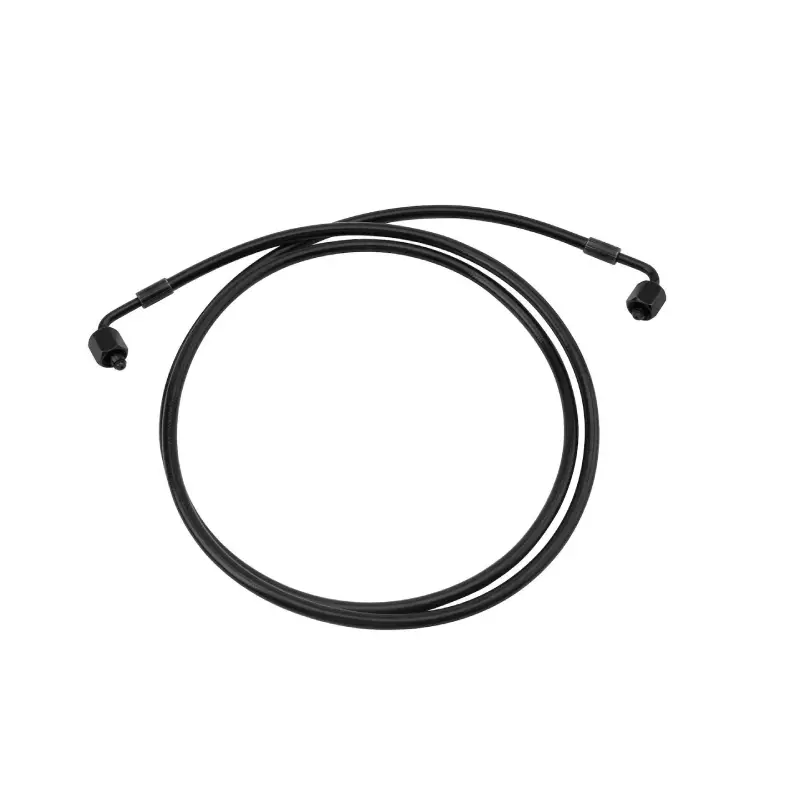
We offer premium cabin jack hoses designed for reliable performance in demanding aviation applications. Our hoses are engineered to withstand the rigorous conditions of aircraft maintenance and are available in various sizes and pressure ratings to meet your specific needs. Durable construction and precise engineering ensure safe and efficient operation of your cabin jacks. Contact us today to discuss your requirements.
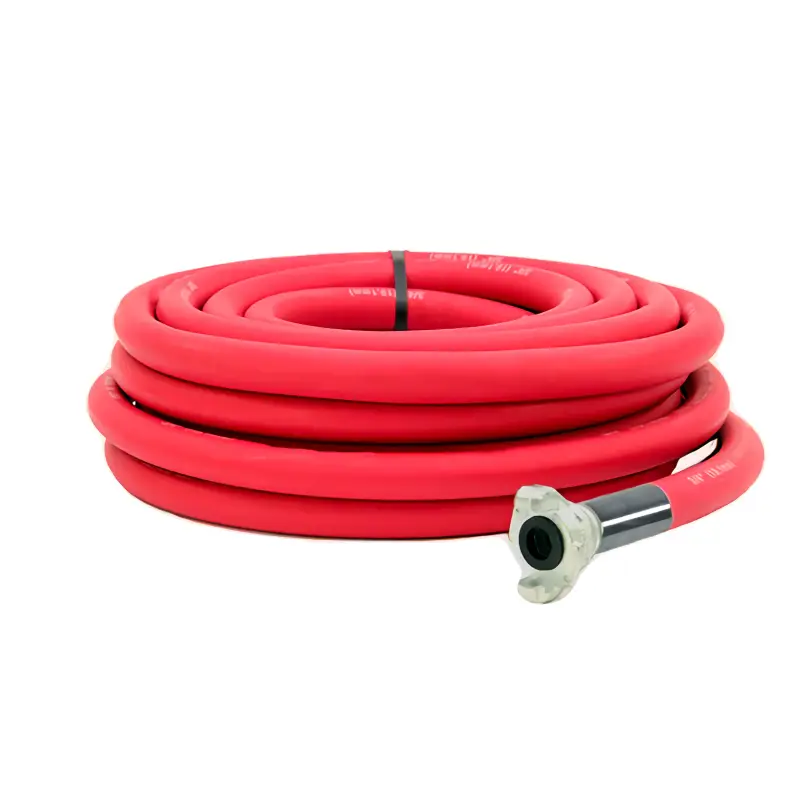
We offer jack hammer hoses designed for demanding construction and demolition applications. Our durable hoses are built to withstand the rigors of pneumatic tools, providing reliable performance and long-lasting service. Available in various sizes and configurations, our jack hammer hoses ensure efficient power transmission and minimize downtime. Contact us today to find the perfect hose for your jack hammer needs.
A hydraulic jack hose is a specialized type of hose designed to transmit hydraulic fluid under high pressure, specifically for use with hydraulic jacks. These hoses are essential for safely and efficiently transferring the hydraulic power needed to lift heavy loads.
Hydraulic jacking is a method of lifting heavy loads using hydraulic force. It utilizes a hydraulic jack, a device that employs a fluid under pressure to generate a powerful lifting force. This force is then used to raise or move substantial objects, ranging from vehicles in a garage to massive bridge sections during construction.
The core principle behind hydraulic jacking is Pascal’s Law, which states that pressure applied to an enclosed fluid is transmitted equally and undiminished to all parts of the fluid and the walls of its container. In a hydraulic jack, a small force applied to a small area generates a much larger force on a larger area, allowing for the lifting of heavy objects with relatively little effort. This makes hydraulic jacking an essential technique in various industries, including automotive, construction, and heavy lifting operations.
Hydraulic jack hoses are used to transfer hydraulic fluid under high pressure, enabling hydraulic jacks to lift heavy loads. Here are some of their key applications:
Hydraulic jack hoses play a crucial role in various industries and applications, providing the necessary force to lift heavy objects efficiently and safely.
Using a hydraulic jack hose correctly is crucial for safety and efficiency. Here’s a step-by-step guide:
1. Preparation:
2. Connecting the Hose:
3. Using the Jack:
4. After Use:
Safety Precautions:
By following these guidelines, you can safely and effectively use a hydraulic jack hose for your lifting needs.
The working pressure of a hydraulic jack hose refers to the maximum pressure it can safely handle during normal operation. It’s a crucial specification because exceeding this limit can lead to hose rupture, causing damage to equipment and potentially serious injury.
Here’s what you need to know about hydraulic jack hose working pressure:
Choosing the right hose:
By understanding and respecting the working pressure of a hydraulic jack hose, you can ensure safe and efficient operation of your hydraulic jack.
Choosing the right hydraulic jack hose is crucial for safety and efficiency. Here’s a comprehensive guide to help you make the best decision:
1. Determine Your Needs:
2. Key Factors to Consider:
3. Additional Considerations:
4. Where to Find Information:
5. Safety First:
By carefully considering these factors, you can choose the right hydraulic jack hose for your needs and ensure safe and efficient operation of your hydraulic jack.
We are leading hydraulic hose manufacturer from China, and please feel free to contact us at any time if you are looking for hydraulic hoses, hydraulic hose fittings, industrial hoses, and other hose related products. Welcome to get in touch with us any time to get more hose solutions for your projects.
If you are looking for a professional hydraulic hose & industrial hose manufacturer, Kingdaflex will be your best choice. We provide better hydraulic hose wholesale and the best solution to help your hydraulic projects. Welcome to contact us at any time.